NEON MANIACS. Science fiction horror like no other
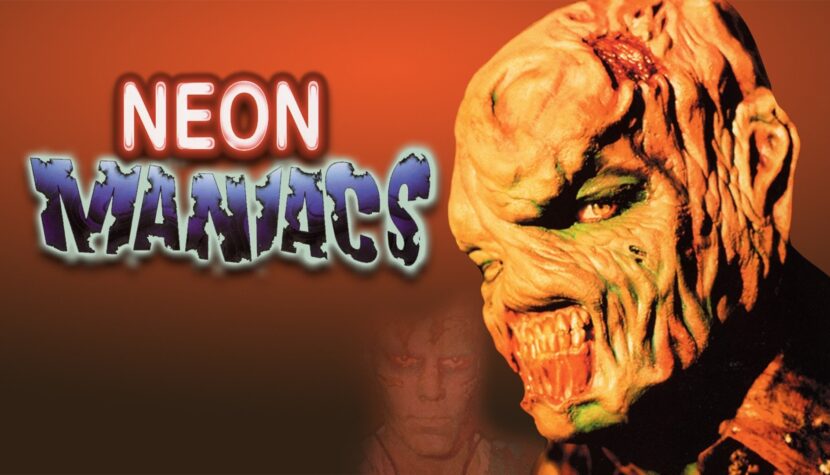
Just a glance at the bizarre, colorful characters with menacing expressions is enough for the spirit of the ’80s to materialize in our rooms and discreetly slip the VHS into the VCR.
The cover of Neon Maniacs, although beautiful, is also a source of slight deception – roughly in the middle of the graphic, the distinctive twin towers of the World Trade Center are visible. However, in the first scene, we learn that the twelve titular demons (I’ll adopt the often-used term, although the film itself doesn’t explain what the “maniacs” are) reside under the Golden Gate Bridge, on the other side of the United States. It starts with a lightning-fast murder, after which we are immediately transported to the stereotypical world of movie teenagers living in the ’80s. Their main problems revolve around relationships, breakups, contraception, and the conflict between fervent advocates of virtue and promoters of promiscuity. The further course can be easily guessed; after all, Neon Maniacs is the perfection of rubber terror and, at the same time, the essence of a horror film dated to 1986.
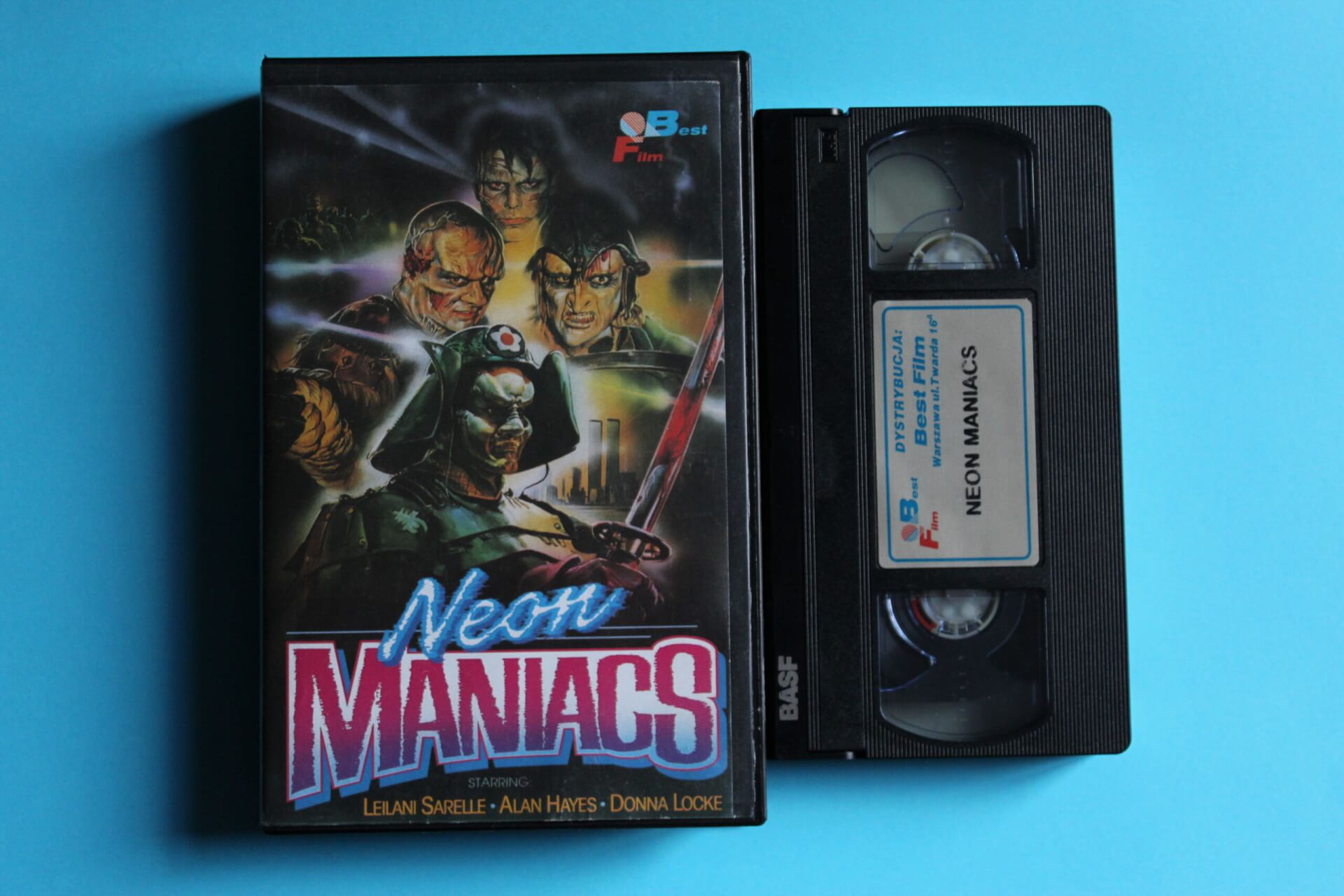
One of the most ridiculed scenes is the one where the ghost/demon is defeated with a water gun, but the belief in the destructive influence of water on supernatural beings is deeply rooted in many cultures. In the book The Urantia Revelation: The Structure and Meaning of the Universe Explained, you can read: “Bathing among early tribes was never associated with hygiene but with ritual acts.” Meanwhile, in the booklet How to Defeat Ghosts?, which I read to my son every night, there is this advice: “Even if the bathtub is full of foam, ghosts won’t approach because they can’t stand water! If you splash them a bit, they will run away and try to dry themselves!” Did the filmmakers add this element after in-depth research during times when flying cars seemed more realistic than a global information network? I doubt it, but in this paragraph, I want to show that not everything that seems absurd in old horror movies is actually so. However, this does not change the fact that kitsch enthusiasts will end the screening exceptionally satisfied.
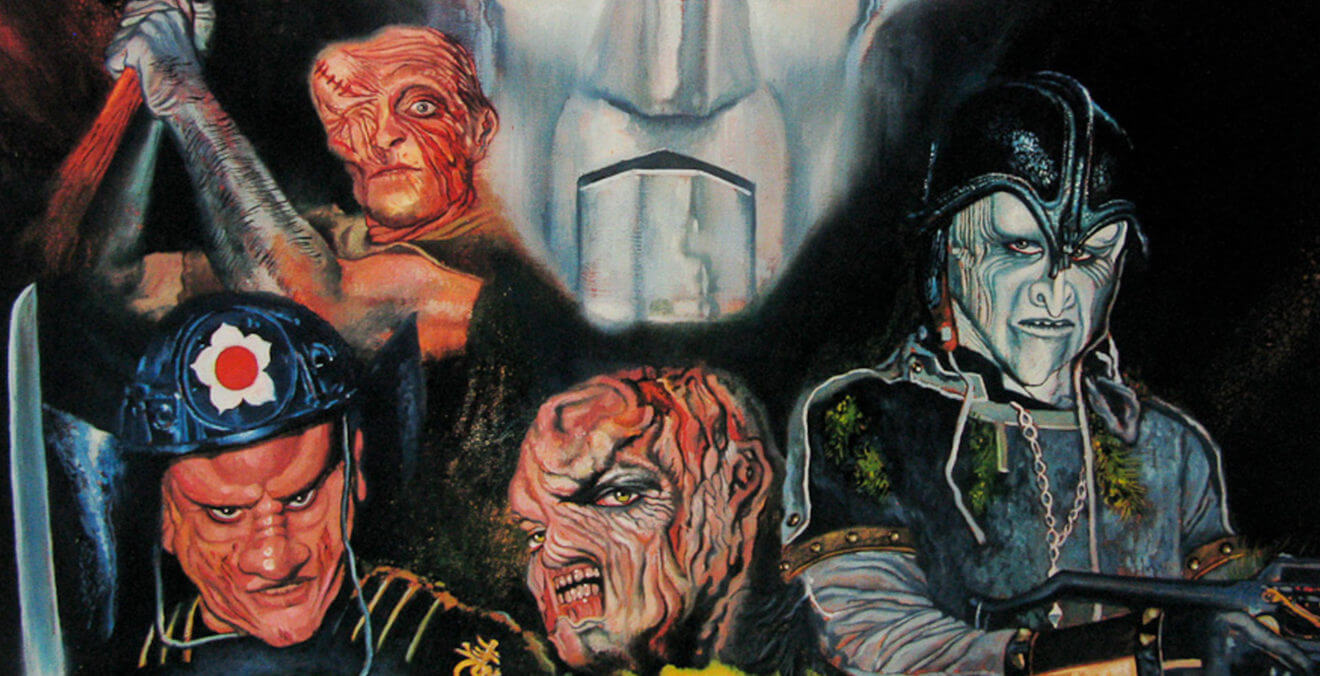
Here, there is a samurai, a crazy doctor (played by the debutant Andrew Divoff, known to horror fans as the Wishmaster), a Nazi motorcyclist, an Indian, and a caveman. There’s also just a difficult-to-classify monster, all stylized as living corpses. Moreover, on the screen, there are mud, scantily clad women, the extravagance of practical special effects, a performance by a glam rock band, a ballad with a saxophone in the background, a skeptical policeman… a beautifully decorated business card of the era with all its advantages and disadvantages. But are Neon Maniacs a collection of clichés from start to finish?
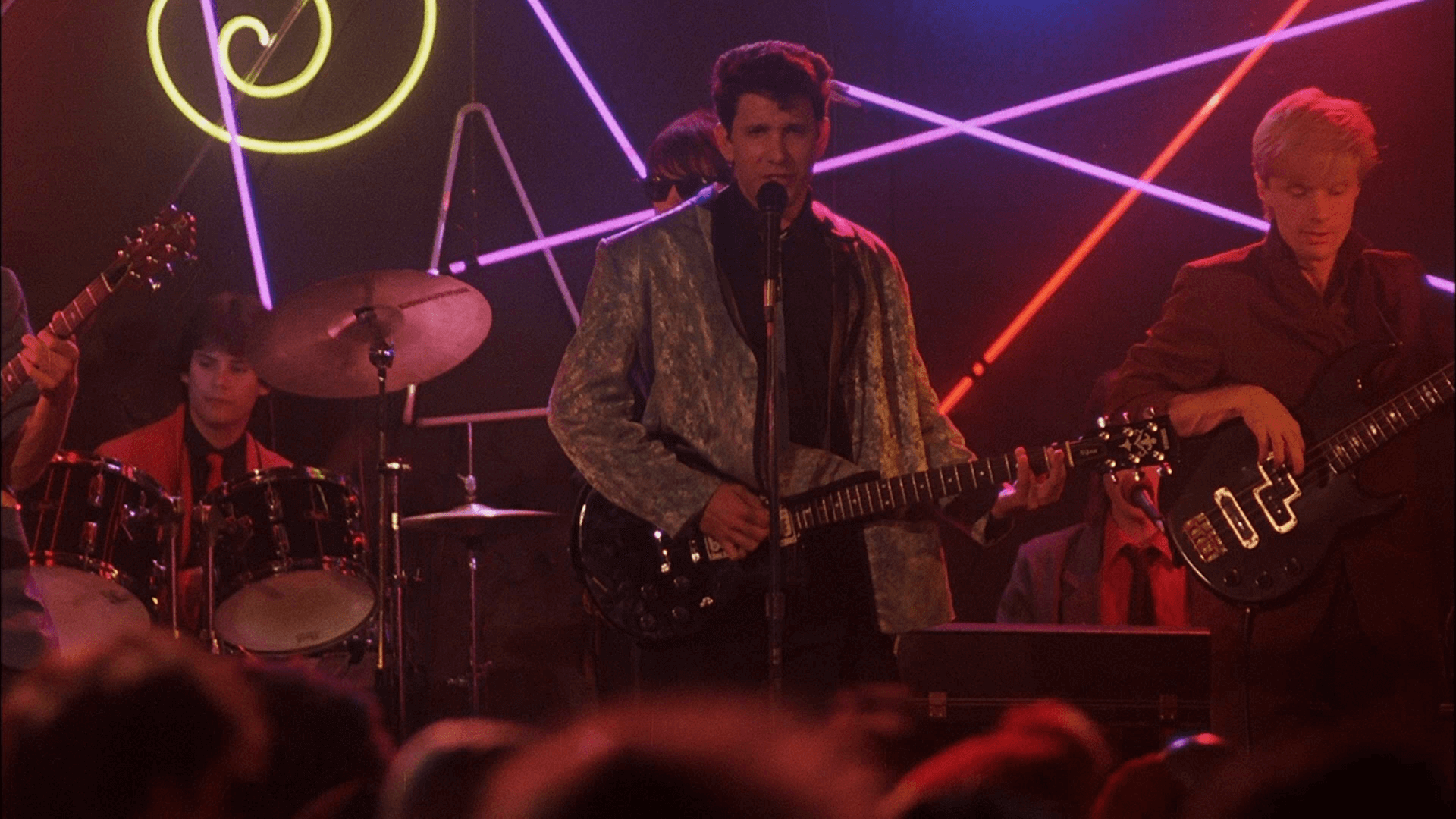
The creators of films like The Final Girls or Ava’s Possessions boast of adopting innovative perspectives that no one dared to show in horror films before. The difference lies in awareness because although director Joseph Mangine (known for his cinematography in both parts of Alligator and Squirm, who was so fed up with directing after Neon Maniacs that he never took it up again) and screenwriter Mark Patrick Carducci (also wrote Pumpkinhead and committed suicide in 1997, unable to cope with his mother’s death) may not have noticed it, they provided us with a surprising twist for the year 1986. A group of teenagers, who should, according to horror film rules, die for the entire ninety minutes, dies in just a few scenes, and for the rest of the film, we follow the actions alternately of the shocked and the joyfully flaunting “final girl.” However, when we reach the moment preceding the expected final showdown, credits appear…
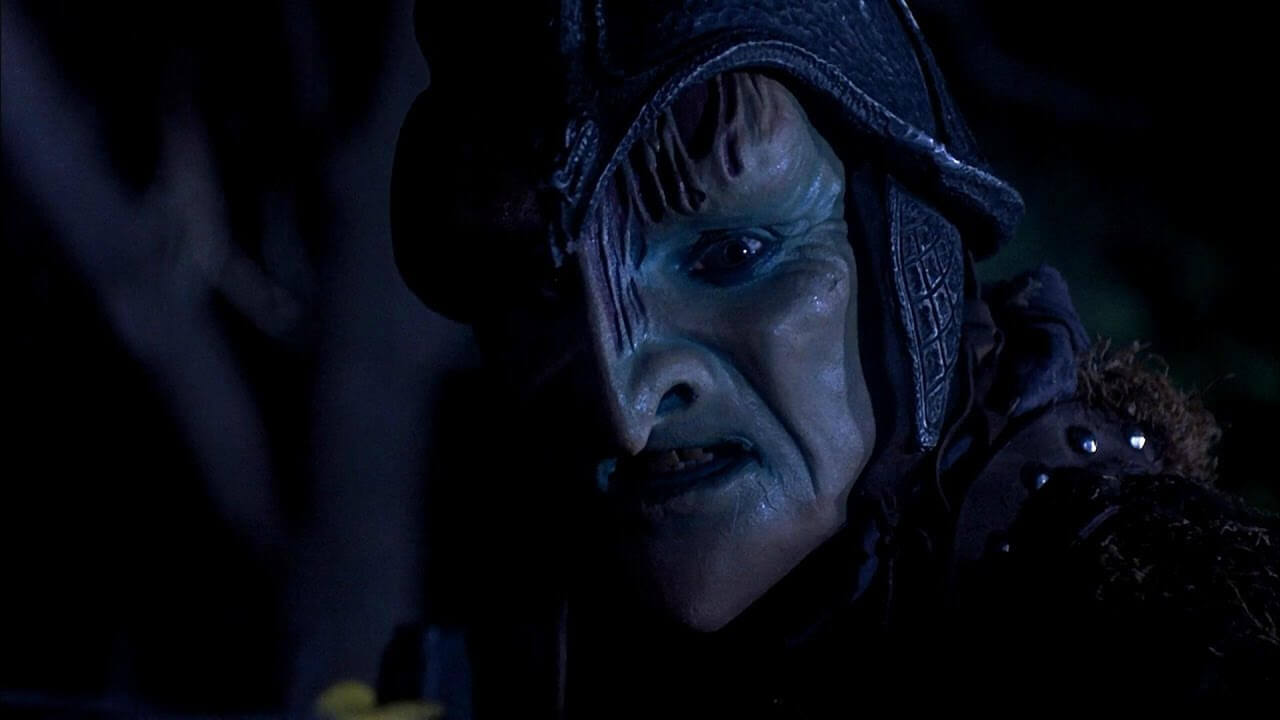
The reason is banally simple – a massive budget hole. Mangine did not show the thriftiness of Lloyd Kaufman or Roger Corman, and moreover, some producers did not fulfill their obligations, resulting in a three-month hiatus in filming, the resignation of some cast members (best seen in the credits, where two or three names are listed next to each “maniac”), and even the escape of the cinematographer with all the equipment necessary for shooting. The screenwriter and director are no longer alive, and the decidedly kitschy nature of Neon Maniacs probably will never allow for a remake. We will never know the true ending, but we will not know it either in, for example, Twin Peaks, so it’s worth closing an eye and enduring to the very end with satisfaction.

